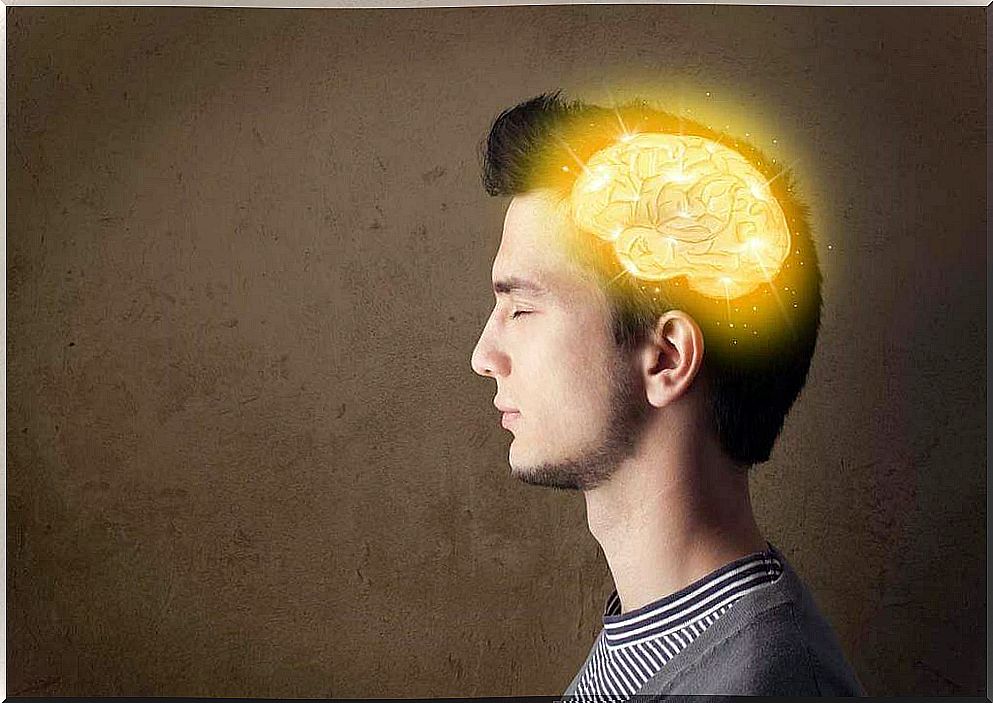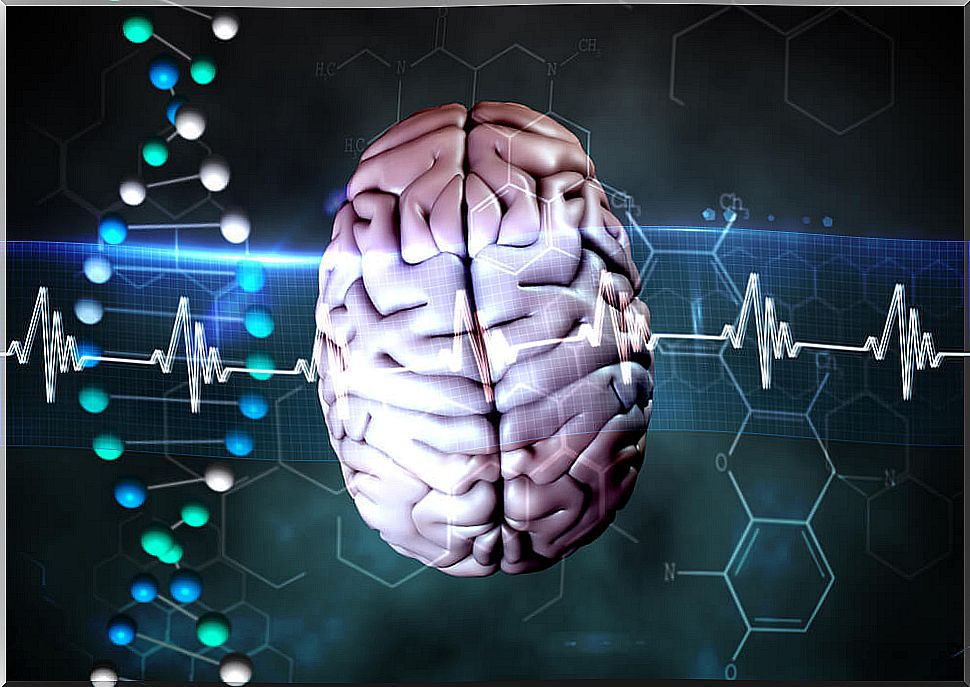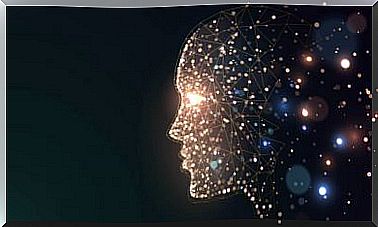Brain Waves To Control Our Mood

Brain waves correspond to the degree of activity and consciousness that we have at a given moment, these waves are measured in cycles per second or Hertz (Hz). Each one has its characteristics, with a specific level of brain activity and a unique state of consciousness. There are 4 types of waves that are especially important: Beta, Alpha, Theta and Delta.
These waves can be recorded by electroencephalogram (EEG) and determine the level of activity in our brain, ranging from cognitive effort and wakefulness to deep sleep.
Types of brain waves

They were discovered by Hans Berger, who was the pioneer in using EEG in humans. 4 delimited types of brain waves have been detected that are recorded by EEG, this electrical activity of the brain that spreads information through neurons determines the level of cognitive effort and the mental state in which we find ourselves. We describe them below.
- (14-40 Hz). These waves appear during wakefulness while we work, study, read … with higher frequency, greater alertness and anxiety. Beta waves are related to logic and reasoning.
- (7.5-14 Hz). They occur in states of deep relaxation, when we daydream or keep our eyes closed without being asleep. Alpha waves are related to imagination, concentration, memory, and learning. It seems that they also have a link with the unconscious.
- (4-7.5 Hz). They appear during deep meditation and light sleep. This state is also known as the twilight state, it is about the moments before falling asleep and upon waking up, one is aware of the environment although under deep relaxation. These waves are also thought to govern fully automated tasks, such as driving for an expert driver.
- (0.5-4 Hz). Present during deep sleep, when we are not dreaming, during stages 3 and 4 of sleep. These waves can also be present in patients with brain damage and during coma .
During REM sleep, waves that resemble those of the waking state (Beta) are detected. Thus, during this stage of sleep, in which dreams are experienced, there is a lot of brain activity, although there is a loss of muscle tone to avoid sudden movements while dreaming.

REM sleep has also been described as a memory consolidator, neuronal reorganizer and a key element in learning. In fact, this stage of sleep lasts much longer in childhood – a time when there is greater proliferation of neurons and greater consolidation of learning – and it decreases as we age.
Brain wave induction using binaural sounds
Binaural sounds were discovered by Heinrich Wilhelm Dove in 1839. They are auditory illusions generated in our brain by hearing sounds with different frequencies from each ear.
That is, if the left ear receives a sound stimulus at 400 Hz and the right at 410 Hz, the resulting binaural pulse will be 10 Hz, which corresponds to Alpha waves. This pulse would reach the mesolimbic zone that controls emotions, being able to induce different emotional states, such as joy, sadness or relaxation depending on the frequency.

The intention of inducing a specific type of brain electrical activity is to cause a specific effect in the individual, characteristic of the type of waves to be induced. Thus, for example, if the intention is to increase concentration and the execution of cognitive tasks, the objective would be to provoke Beta waves.
Those who defend it, affirm that by helping the cerebral cortex to generate specific brain waves we can induce different states of alert. In addition, these sounds allow the two hemispheres of the brain to synchronize, which produces a feeling of well-being, improves mood, increases the level of attention and memory.
There are several effects that have been attributed to them:
- Reduce stress
- Eliminate anxiety
- Eliminate pain
- Relaxation
- Induce sleep
- Drug and drug-like stimuli
- Increase creativity
Although this method still lacks sufficient scientific support to determine if it really works. Future studies will tip the balance regarding its effectiveness.









